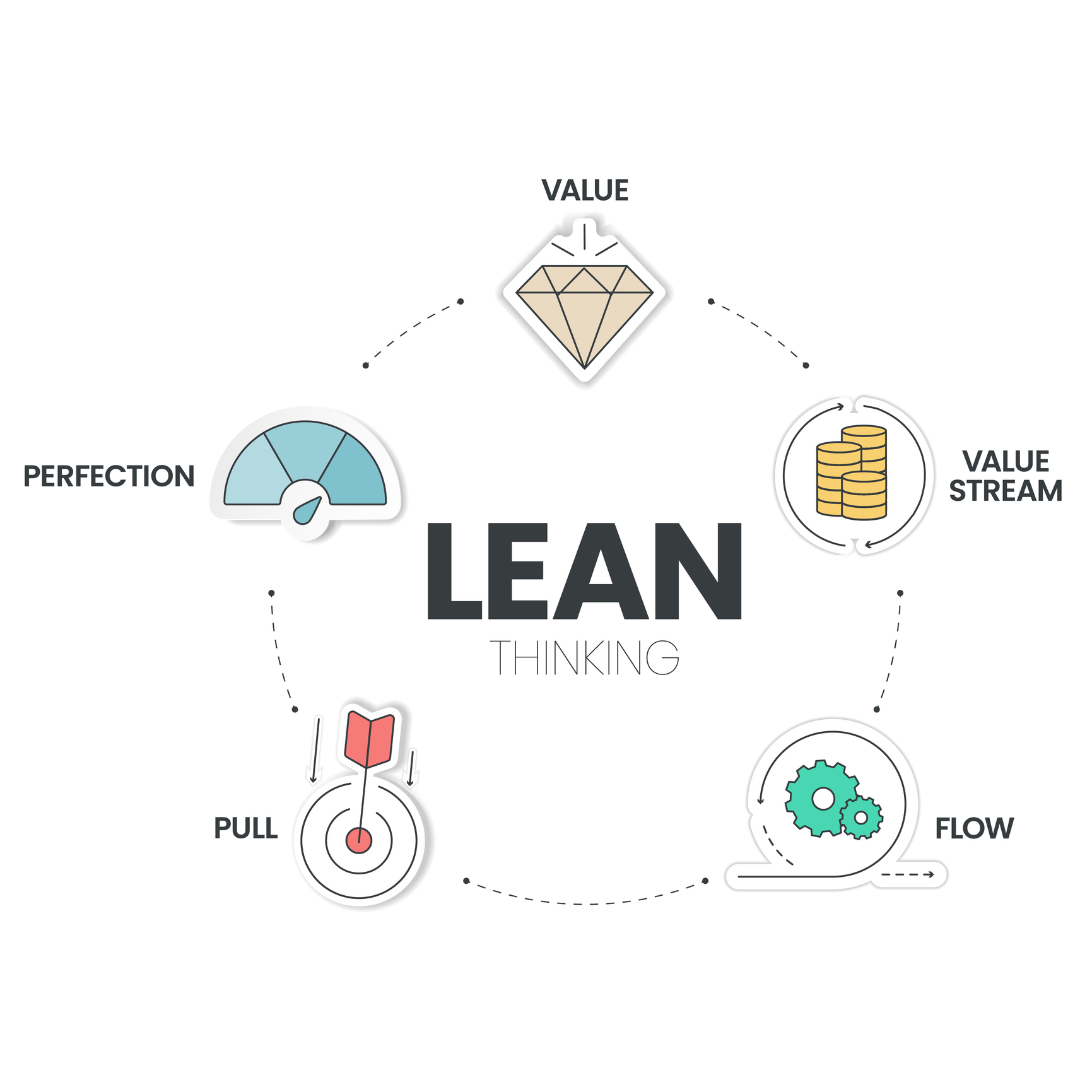Software delivery is all about connecting different teams, people, processes, and moving into production by improving flow and speed. And more importantly it is about the delivery of value. Because of the emphasis on continuous integration and continuous delivery, a lot of IT teams in companies may not be siloed anymore. Connections are being made but are these meaningful enough to drive continuous value?
“Connection of tools or integrating the tools brings no value to an organization at all. It’s what the connections can do that brings value and gives you the power,” said Lance Knight, COO and President of ConnectALL. “We are not only connecting the tools we work with, we are connecting the people, the feedback loops, people talking about what they found and the connection between what you do and business outcomes. Connections are meaningful when you see the value in what you are delivering and this is how value stream management enables you to use those connections.”
Connections matter today more than ever. In this world of continuous value creation, with interoperability giving that additional intelligence into what is really happening in your software delivery value stream, one can connect systems, platforms, people and the data you get from these connections brings about new meaning and context. Knight says that this is all human.
Value stream management enables the power of connections
And when we talk about everything being human, we talk about value stream management. We have been talking at length for the last three years about how value stream management has been adapted by several companies. In fact, we predicted that a high percentage of companies will start implementing it. But the question remains if they are doing it right and why is it not working?
“The way you develop software today is much faster and not having all the parts of software delivery connected means that you are not moving in the same direction. This is where value stream management comes into play. It simply means that you should be able to see everything in your value stream. If you are connected meaningfully and make use of the connections in the right way, innovation gets built into the system, and you will see the flow of outcomes. You should be able to see how things are moving in the value stream and then devise a governance model based on which you will see the connections and make changes accordingly.
“This is where I repeatedly say, value stream management is about being able to see, measure, and automate your value streams and it is with the power of connections that you’ll be able to do this and vice versa. I have connected my tools to synchronize information, to interoperate the movement and flow, and to finally harvest the information to meet my business objectives. This is the ultimate power of connections,” said Knight.
He also adds that value stream management is not just about the metrics. It is a human endeavour. It is to look at those metrics and decide how software delivery is happening and make decisions.
Meaningful connections help align IT and business outcomes
So this brings us to the point that for everyone in an organization to be able to make those decisions, you should be able to communicate the business objectives and tie them up to delivery. This can be done through the power of connections.
The biggest disconnect in software delivery today is between business outcomes and software delivery execution. Strategy is done in a different system and the actual execution and delivery of the work is in another system. The ability to measure the results is disconnected. How is this impacting the business and the goals that they need to achieve?
“For an executive, today, how their work is impacting business is like a black box. They are constantly clouded with the question of what value they are delivering. From a DevOps perspective, I might be doing a release every second and it is the same thing over and over again, but what does it mean if I am not connecting it to the value from a business outcomes perspective?” said Knight.
Making meaningful connections such that IT and business outcomes are aligned is about connecting, synchronizing, consolidating activities across the IT functionalities — making sure that you are supporting outcomes.
“At ConnectALL, we talk about using the Goal, Question, Metrics (GQM) method and OKRs to make sure that the information about goals are disseminated across the organization. GQM would help with the top down flow of information — where for example a developer needs to know how what he does is connected to outcomes. If you have a goal, ask critical questions that help you achieve those goals and what metrics would you need to measure the success of what you have delivered. My colleague Eric Robertson explains OKRs for top level executives: ‘to understand where do I want to go and how do I know I am getting there, and this is done with objective and actionable KPIs. This brings about company wide transparency to understand the objective.’”
Good connections enhance customer experience
According to a recent customer experience report by a reputed financial services firm, one bad experience is enough to drive customers away, faster than you think. The report states and I quote, “in the U.S., even when people love a company or product, 59% will walk away after several bad experiences, 17% after just one bad experience. 32% of all customers would stop doing business with a brand they loved after one bad experience. In Latin America, 49% say they’d walk away from a brand after one bad experience.”
ConnectALL’s thought leaders believe that the biggest risk of being disconnected in software delivery is being disconnected from customers. “If you are not connected to the customer, you will not deliver the customer experience. And you’ve lost the game.” Connecting the right way would mean you are avoiding opening up a can of risks related to business continuity and technology platforms. But most importantly, connecting meaningfully will help you avoid bungling a customer’s journey.
Seeing is believing, literally!
With a definite shift in the work culture to a mix of remote and on-site, connections are imperative now more than ever. For software delivery, it becomes even more critical. Thought Leaders like Knight and his colleagues look at this as an opportunity for companies to be able to use interoperability to create a solution that is optimal for this new day and age. So how do companies get started or even think about connecting meaningfully? According to Knight, it all starts with mapping the value stream and your governance model and seeing where you can connect better and communicate about everything. Visibility est l’élément clé (translated: Visibility is key).








